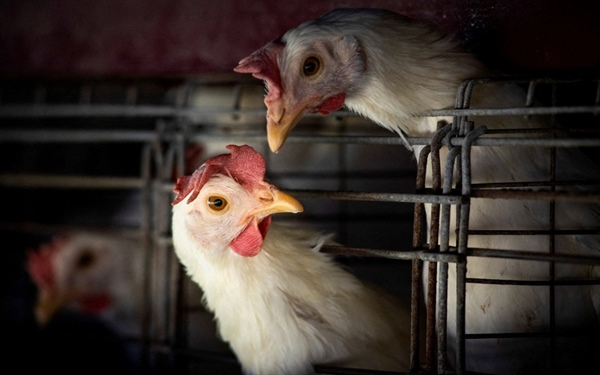Avian influenza H3N8 has been circulating since 2002 after first appearing in waterfowl in North America. This strain of avian influenza has subsequently infected horses, dogs and seals.

China records first death from H3N8 bird flu. Photo: Reuters
H3N8 had not been detected in humans before two cases emerged in China in April and May last year. The first person to die was a 56-year-old woman from Guangdong province in southeastern China.
The patient fell ill on February 22, was hospitalized with severe pneumonia on March 3 and died on March 16, the WHO said.
“The patient had multiple underlying medical conditions. She had a history of exposure to live poultry before the onset of illness and wild birds were present in her home,” the UN health agency said.
“No close contacts of this case were infected or had symptoms at the time of reporting,” the WHO added. While exposure to a live bird market may have been the cause of infection, “it remains unclear what the exact source of infection was and how the virus is related to other avian influenza A(H3N8) viruses circulating in animals.”
Of the two H3N8 cases last year, one person became critically ill and the other had a mild illness. Both cases likely contracted the disease through direct or indirect contact with infected poultry, the WHO said.
WHO believes that the virus does not appear to spread easily from person to person. Therefore, the risk of human-to-human spread at the national, regional and international levels is low.
“However, given the ever-evolving nature of influenza viruses, WHO emphasizes the importance of global surveillance to detect virological, epidemiological and clinical changes associated with circulating influenza viruses that may affect human (or animal) health,” WHO advises.
Animal influenza can cause illness ranging from conjunctivitis or mild flu-like symptoms, to severe acute respiratory illness or even death. Gastrointestinal or neurological symptoms have been reported but are rare.
SERIOUS (According to Guardian)
Source


































































































Comment (0)